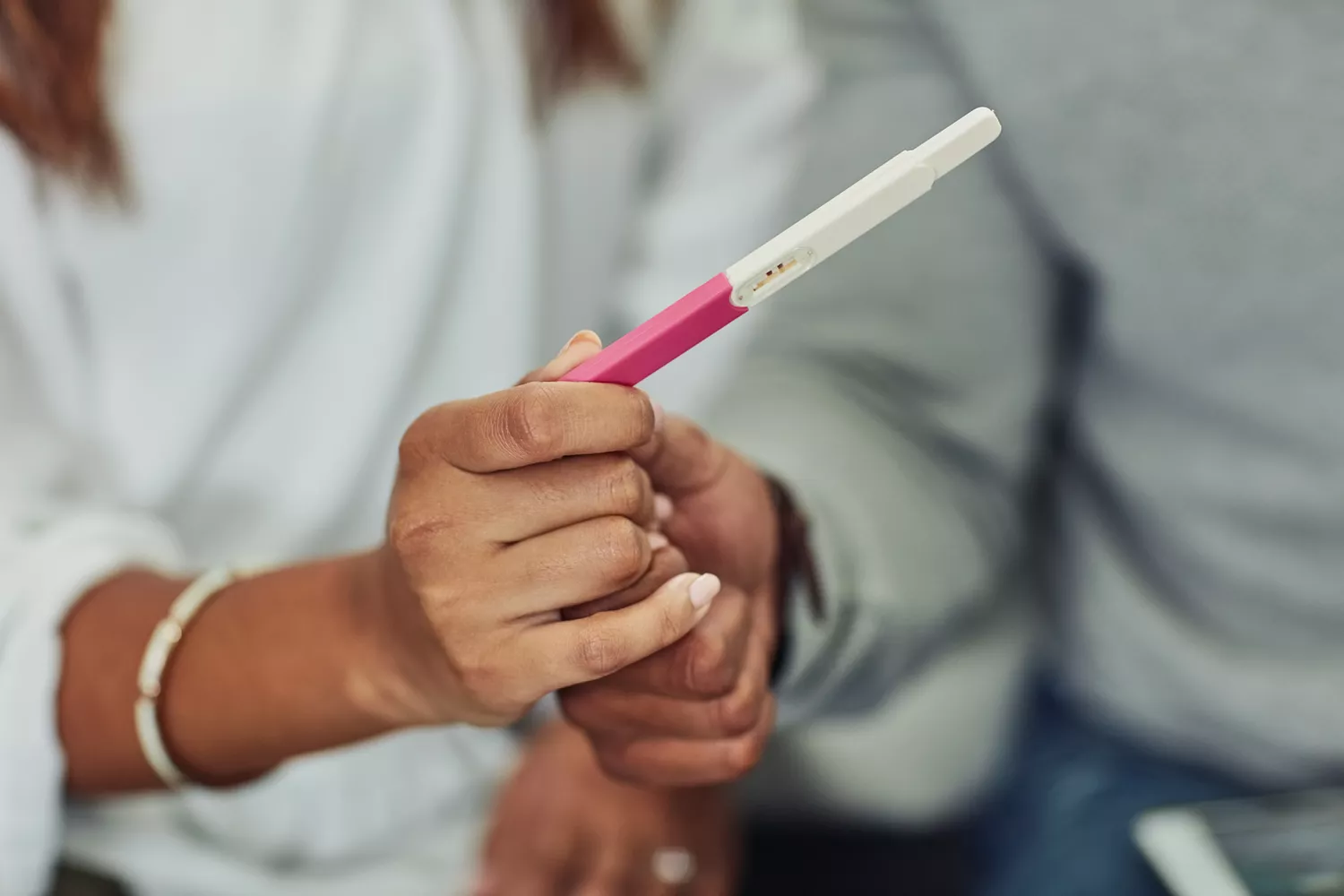What is Colostrum?


Colostrum is the yellowish, liquid milk available to your baby immediately after birth. It’s not mature milk until a few days. Colostrum is a wonderful thing for your baby. It can help strengthen their immune system and protect them against jaundice.
You may have a lot of questions about colostrum if you are a new parent. For example, how much your baby will need, what you should do if they can’t latch on when you produce colostrum and how you can ensure that your baby gets enough.
Three experts were contacted to answer the most frequently asked questions by parents about colostrum. These included a pediatrician who specializes in breastfeeding, a Lactation Consultant and a Neonatalist.
What is Colostrum?
The first breast milk your baby will receive is called colostrum. The colostrum is full of antioxidants and nutrients, but only lasts for two to four days.
What does Colostrum contain?
The colostrum is a superfood for babies. It contains vitamins and minerals that are perfect for their system. Kara Thornton IBCLC is lactation consultant for via Lactea. She says that colostrum is the first superfood for a newborn. It’s a nutritional superfood that provides powerful antibodies for a healthy immune system.
According to Jenelle Ferry, M.D, neonatologist, director of feeding nutrition and infant development, Pediatrix medical group in Tampa, Florida, colostrum contains immune system components such as immunoglobulins and lactoferrin, which is a protein that has antioxidant and inflammatory properties.
The nutritional composition of colostrum differs from mature milk. This is why babies need less colostrum. Ferry.
The first superfood for a baby is the colostrum. It is a nutritional powerhouse, delivering powerful antibodies that help build a strong immunity system.
KARA THORNTON IBCLC is a LACTATION CONSULTANT at VIA LACTEA
What does Colostrum look like?
Breast Milk is usually a white liquid, but Colostrum looks different. It’s typically yellowish. Dr. Ferry explains that “Colostrum is nicknamed ‘liquid Gold’ because of its bright or dark yellow colour.” Ferry. It is normal for the colostrum to be in other colors (such as white, orange, or clear).
Colostrum is viscous and thicker than most other milks. Thornton says that colostrum has a thick, sticky consistency similar to honey.
Breast Milk Color: Everything You Need To Know
When does Colostrum come in?
Colostrum is produced much earlier than the date of delivery. According to the American Pregnancy Association, your body begins producing colostrum at 12-18 week of pregnancy. Many parents can already express some colostrum by hand in the third trimester.
When do you start leaking colostrum?
Some women start leaking colostrum in their second trimester. It may look like a yellow crust on your breasts, or inside your bra. Don’t worry if you don’t see any colostrum. Your body still makes it.
Does leaking colostrum indicate that labor is near? According to Cleveland Clinic the answer is no. The leaking could occur months or even weeks before you are ready to deliver.
Leaky Nipples in Pregnancy: What you need to know
Colostrum Benefits for Babies
Colostrum is a product that has many benefits for your baby. It was created to help them get through their first few days. Its most important benefit may be that it boosts your baby’s immunity.
“Colostrum contains immunoglobulins, and other anti-infection protein,” says Cindy Rubin, M.D. IBCLC, pediatrician at In Touch Pediatrics, in Westchester. “Colostrum helps protect newborns while their immune system is still developing.”
Researchers have found that colostrum contains white blood cells as well as a type IgA antibody. Colostrum contains antibodies that fight pathogens like salmonella, E.coli and streptococcus.
Colostrum has many other benefits.
- Your baby’s microbiome is primed by introducing it to your baby.
- Your baby will pass the first poop (meconium).
- The right amount of milk is needed to fill the small stomach of your baby
- This protects against jaundice
- This helps to prevent low blood glucose issues
- It is a great source of balanced and healthy nutrition
How long does Colostrum last?
Colostrum offers a limited-time offer. It’s produced continuously from the middle and first days of pregnancy, but it starts to change to mature milk a few weeks after delivery. The colostrum is usually only present for the first 2 to 4 days after delivery before mature milk begins. “5
The stages of breast milk
- Colostrum : Your baby’s first breast milk, available for about 2 to 4 days after birth
- Transitional milk:This is a mixture of mature and colostrum, which is typically produced between days 7 and 14.
- Mature milk:Your child will receive mature breastmilk after two weeks.
Colostrum vs. Breast milk: What is the difference?
The availability of colostrum is the biggest difference. Breast milk is produced throughout the duration of breastfeeding. There are other factors that make colostrum and breast milk different. Dr. Rubin explains that “mature milk has more fat and carbohydrates, but still contains immunoglobulins, and it continues to protect against infections even as the baby grows.”
The color of colostrum and mature breastmilk is also different. Colostrum is typically yellowish whereas mature milk is white. Dr. Rubin says that breast milk is thinner and can sometimes take on a blueish tint. Finaly, mature milk has a much larger volume than colostrum.
The Benefits of Breastfeeding to Parent and Child
How Much Colostrum Do Newborns Need?
The American Pregnancy Association states that most new mothers produce between 1-4 teaspoons per day.
Ferry, Dr. Ferry estimates that approximately 5-15 milliliters of colostrum are produced in the first 24 hour of life. This corresponds to a baby’s stomach capacity at this age. She says that a newborn’s stomach is about the size a cherry.
As your baby grows, the capacity of their stomach will grow. The amount of milk that you produce will also increase. It’s pretty amazing, isn’t it? There are no rules that apply to colostrum and the amount a baby needs. The amount of colostrum a baby receives or a parent gives in the first couple days can vary greatly. Ferry. Ferry.
A chart of infant and newborn feeding by age
How can you tell if your baby has enough colostrum during those first few weeks? You can ensure that your baby is getting enough colostrum by observing wet diapers and poopy ones, as well as their weight,” explains Dr. Ferry. You should see at least one void (pee) and a data-component=”link” data-ordinal=”1″ data source=”inlineLink” Data type=”externalLink”, href=”https://llli.org/babys-poop/#:”,>one poop in the first 24 hours/a>, two of each in the second 24 hours, and three of each in third day after birth,” says Dr. Ferry. You should see one void (poop) and two poos in the first 24 hour . Two of each in second 24 hours and three in third 24 hour after birth, says Dr. Ferry.
In the first few weeks and days of your child’s life, a pediatrician will monitor closely their weight. You can also contact them if you have any concerns.
If Your Baby isn’t Breastfeeding, You Can Still Express Colostrum
Some people are not able to breastfeed directly during the first few days. It could be due to a medical condition of the mother or child, difficulty breastfeeding or even if you choose to bottle feed instead. If breastfeeding is not an option for you, or if it’s not possible at all, experts recommend that parents express their colostrum to feed to their baby. This will provide all of the benefits that colostrum offers.
Dr. Rubin says that if you cannot breastfeed your baby for whatever reason, you can provide colostrum to your child. You can either hand-express colostrum, or pump it and then feed the milk to your baby. Dr. Rubin says that hand-expression can be the most effective way to express your milk in those early days, when you’re still producing colostrum.
Thornton agrees that due to the thick, sticky colostrum it is easier to collect drops by hand than a breast pump.
7 Tips for Breastfeeding Mothers on Bottle Feeding
Dr. Rubin does not recommend adding the colostrum to formula. She says that if your baby does not finish the bottle of formula you have lost all the mixed colostrum. “I tell my patients to give the colostrum (by spoon or cup) first, and then formula, if needed.
Contact an OB/GYN or lactation consultant if you have questions about colostrum. They can help with any concerns, such as how much your baby needs and what to do if there are any problems.










